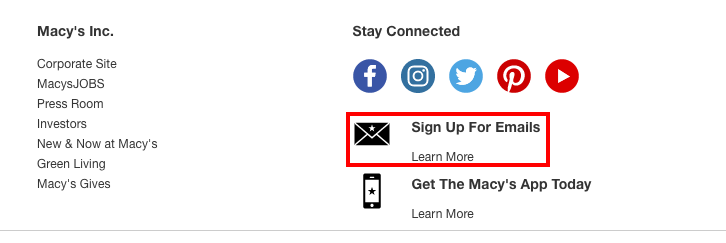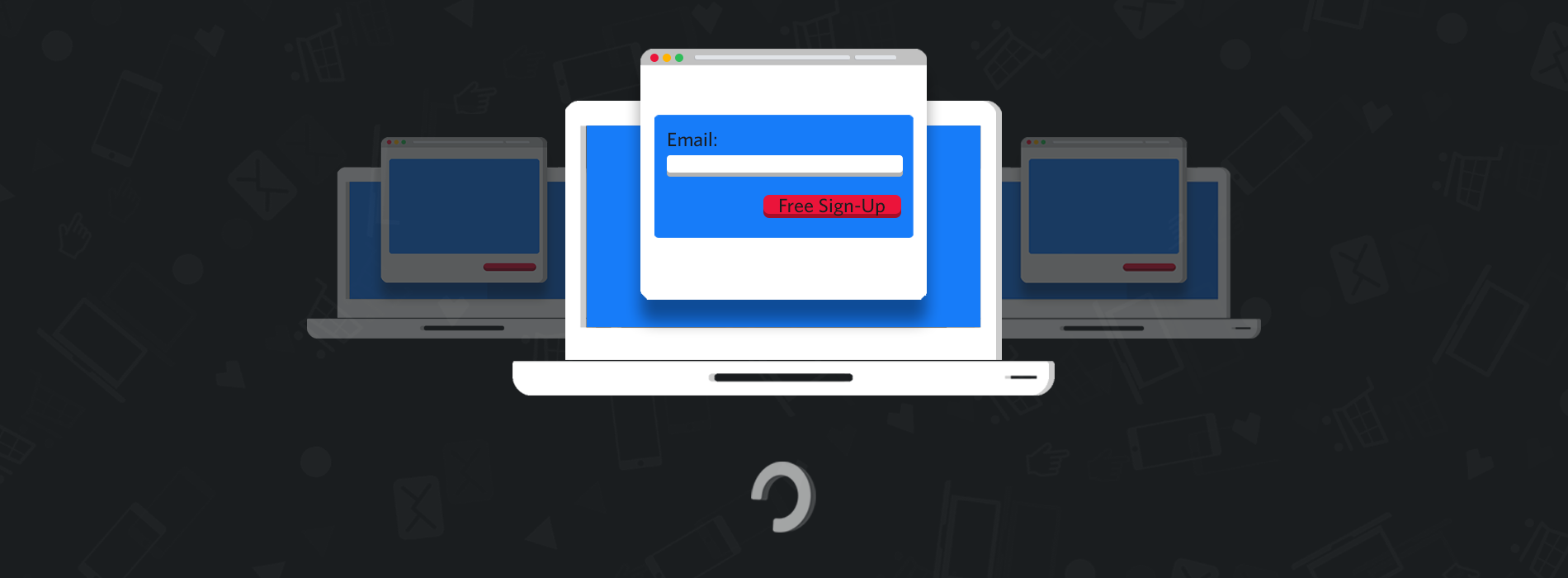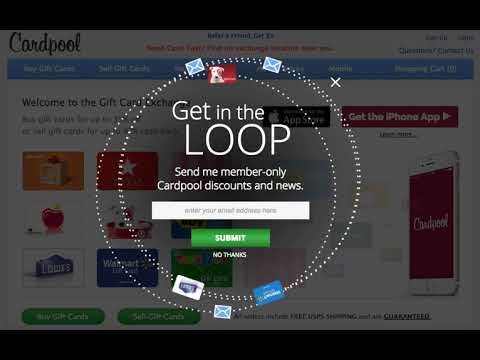In this article, we look at how retailers can use different email acquisition strategies on site to build a strong email database.
A few years ago, Experian estimated that the average email address is worth £84.50.
The exact value of addresses may vary between different businesses, but there’s no doubt that the email addresses of site visitors can be very important for retailers.
So how can ecommerce sites encourage people to sign up for emails?
Here are some common approaches…
Email Sign Up Options in Headers and Footers
Most ecommerce sites have an email sign-up option somewhere on the site, though many of these placements are relatively subtle.


Email sign up links are often shown in the footer, as in the example from Macy’s below. If people look for it, they’ll find it, but it’s unlikely to the catch the eye of too many visitors.

Schuh shows its email sign up in the header, where more people are likely to see it.
Both of these approaches may work to an extent, but many site visitors are likely to overlook these messages.
Email Acquisition During Checkout
Another way many sites build an email list is to gather emails once customers have made a purchase.
Here, Lowe’s offers customers a chance to sign up for email offers and promotions, as well as creating an account.


This is shown just after the payment field in during checkout.
It makes perfect sense to acquire email addresses and consent to send market to customers at this stage, as it offers retailers the chance to maintain relationships with customers post-purchase.
On-Site Email Acquisition Messaging
Basic email sign up links and encouraging buyers to sign up during checkout will work to an extent, but a more pro-active approach can help retailers to encourage more email opt-ins from potential customers.
The fact that users have actively signed up for marketing emails signifies that they have some interest in the products or services on offer, making them a much ‘warmer’ prospect.
This is where on-site email acquisition can help.
How it Works
Email sign up messages can be triggered according to various parameters.
Visitors can be shown messages after viewing a predefined number of pages, if they show exit intent (moving the cursor towards the browser back button etc) or messages can be triggered by a specified period of inactivity.
They work because users have to interact with them in some way, either to enter their email address or to close them.
If they are too intrusive, they won’t work so well, but when they are helpful to the visitor, they can be very effective.
For example, this message on Cardpool is sure to attract people’s attention, but it can also be closed quickly and easily.
Messages like this can be used for new customer acquisition, offering a discount on the first order as a carrot.
To avoid the risk of deterring existing customers with email sign up messages, different options can be displayed to new and registered users.




For example, after a period of inactivity, new users could be prompted to sign up to email newsletters, while help could be offered to registered visitors.
By using messaging like this, Oakley was able to increase customer acquisition by 66%.
On-site acquisition was used in the context of a remarketing campaign, where customers were prompted for their email address once they were further into their buying journey.
The Importance of Timing
A lot of retailers are using using overlays to invite email subscriptions, but a few arguably get the timing wrong, showing acquisition messages just a second or two after arriving on the site.
People will certainly see these messages, but by interrupting the customer just as they arrive on site, it can be counter-productive and lead to some visitors abandoning the site.
The key is to display these messages more intelligently, improving the timing and avoiding the risk of annoying customers who are already busy browsing.
For example, Navabi uses an overlay with a similar message to that from Gap, but only shows it after five seconds of inactivity. This means that users won’t be interrupted when browsing.

It works too. I spoke to Navabi’s Email Marketing Manager Catherine Reuter on this topic.
The version implemented back then had driven 2.5 times more email sign ups in the UK, and three times more in Germany.
Gaining Customer Consent for Marketing
With GDPR and other data privacy legislation coming into force (or planned, like CCPA) around the world, it’s important for retailers to gain clear consent from customers to send them promotional emails.
Using tools like our Marketing Permissions Service, you can display a notification when a visitor fills in an email capture field on your site.
This helps you to acquire email addresses while clearly informing customers about how you’ll use their contact details.
Speak to an expert
Learn how to convert your online audience into revenue with our experts.
Graham Charlton
Graham Charlton is Editor in Chief at SaleCycle. He's been covering ecommerce and digital marketing for more than a decade, having previously written reports and articles for Econsultancy. ClickZ, Search Engine Watch and more.









![Valentine’s Day Ecommerce Tips and Trends [2024 Strategy]](https://www.salecycle.com/wp-content/uploads/2019/01/valentines-ecommerce-1.png)




![How SaleCycle helped Vodafone increase their online sales by an additional 2,000 additional sales per month [Extended Version]](https://www.salecycle.com/wp-content/uploads/2023/08/vodafone-banner.webp)




